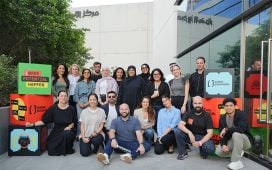By Hiba Hassan, head of the design and visual communications department, SAE UAE
Artificial intelligence is making its way into many fields. If a task is data-driven, AI can perform it faster and more efficiently; data is the lifeblood of AI systems. For example, Software-as-a-Service (SaaS) companies use AI to streamline workflow and predict topics for content creation. Financial services companies can standardise content language, personalise messaging, and improve writer productivity with AI. Healthcare companies can use AI to automatically generate content about health conditions, improve operational efficiency, and optimise existing healthcare content. E-commerce companies can use
To continue reading this article you need to be registered with Campaign. Registration is free and only takes a minute. Register Now or sign in below if you already have an account.









